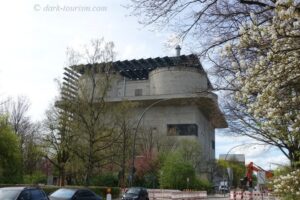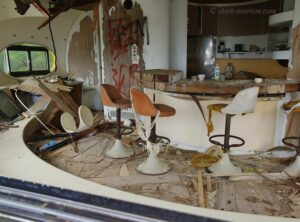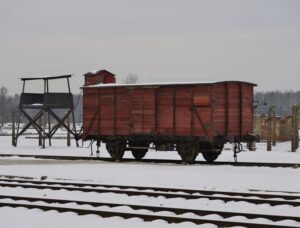On this day, 80 years ago, on 4 June 1940, the last of the Allied evacuations from Dunkirk took place, and the next day Nazi Germany declared victory in the Battle of Dunkirk.
It was the first major confrontation on the ground between British and German troops in WWII within France. The British Expeditionary Force (BEF) had been deployed to France after Germany invaded Poland, in reaction to which Britain and France declared war on Germany. When the Nazis then also invaded the Netherlands and Belgium, the Allies expected to be attacked in the north, from the Belgian border near Dunkirk, so they concentrated their forces there. However, the Germans pursued a two-pronged approach, first pushing through the Ardennes further south, to the surprise of the Allies (given the difficulty of the terrain), and then quickly pushing north (“Blitzkrieg”). Thus the Germans eventually had the BEF and some contingents of French troops surrounded. This German military strategy has become known as “Sichelschnitt” (literally ‘sickle cut’).
To rescue at least the encircled troops, the Allies mounted a massive amphibious evacuation, code-named Operation Dynamo. Between 26 May and 4 June, mustering a huge fleet of navy and merchant navy ships, as well as countless smaller vessels, even fishing boats and pleasure craft, to get out almost 340,000 troops. Tens of thousands of vehicles, artillery pieces and tonnes of supplies had to be left behind, however. There were human losses too, and the city of Dunkirk was almost completely destroyed in the German air attacks during the battle, but as an evacuation Operation Dynamo was largely a success, despite it being a defeat in the Battle of Dunkirk at the same time.
The story, and some debatable aspects surrounding it (e.g. the infamous “Halt order” and the role of drugs in the German “Blitzkrieg” strategy), are presented in more detail here.
In Dunkirk today, there are various memorials commemorating Operation Dynamo, as well as a dedicated museum called in English “Dunkirk 1940 Museum”, housed in the old bastions that were the HQ of the Allied command during the Battle of Dunkirk.
The photo above shows one of the lovingly made scale model dioramas depicting the evacuation from the beaches of Dunkirk.
When I visited this museum in August 2016, I found the exhibition generally a bit old-fashioned, in a charming way, but also a bit cluttered, with just too many old battle relics, such as these bent aircraft propellers and engines:
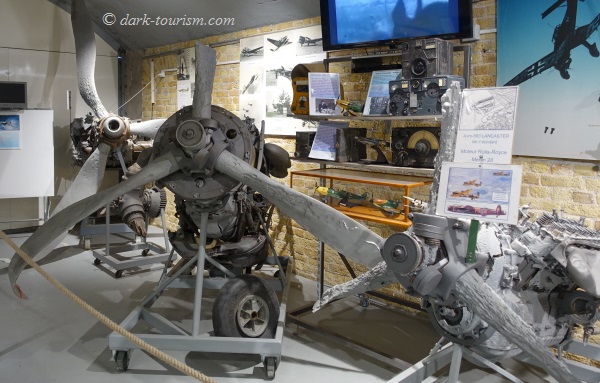
In terms of interpretative texts, there was a lot of focus on military minutiae, so proper WWII history buffs will probably be in their element, but for people less into all those details it can get a little tedious after a while.
Some of the displays also had a certain air of “cheapness” about them, like this badly made-up mannequin soldier, who looks more like a wannabe hipster:
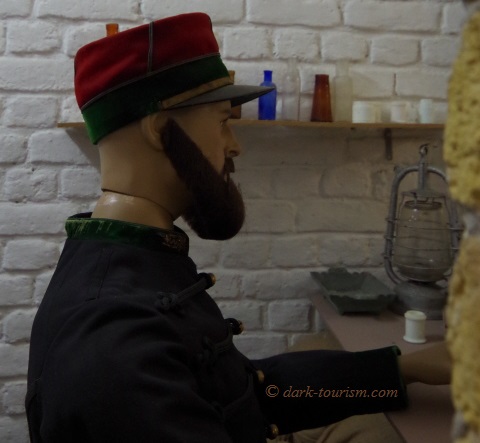
But there were also some rather spooky elements amongst the amassed artefacts, such as this sinister-looking old gas mask lurking beneath a steel helmet:

Incidentally, the chapter about the Dunkirk 1940 Museum is the latest one I added to DT’s main website a couple of weeks ago. Do go and take a look.


